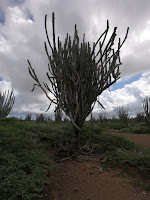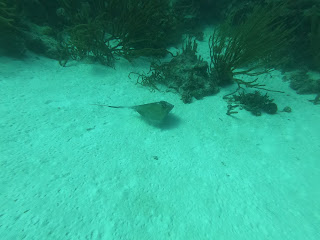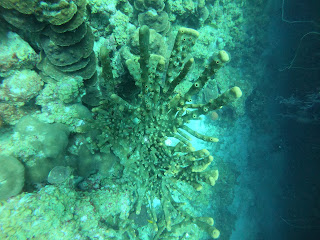Actinopharynx

A histological section of a coral. Photo by JK Da Anoy. An email showed up in my inbox with the subject line "Data." This was the message I had been waiting for! I opened it immediately and followed the hyperlink. My screen lit up with an array of images - red and blue blobs on white backgrounds. They were histological sections from corals I had collected in Palau. In the center of each image, in bold black letters, was the word "Act." I responded to my colleagues' email almost immediately. "What does 'Act' mean?" I wrote. JK answered me: "Actinopharynx." And just like that, the image I had open on my laptop screen went from being a series of pink-ish blobs to a high-precision anatomical depiction of a coral polyp. I knew exactly what I was looking at - I was staring down the polyp's throat! Invertebrates are such a fascinating group of animals to study because they have diverse, unexpected, sometimes wacky anatomies. All cni









